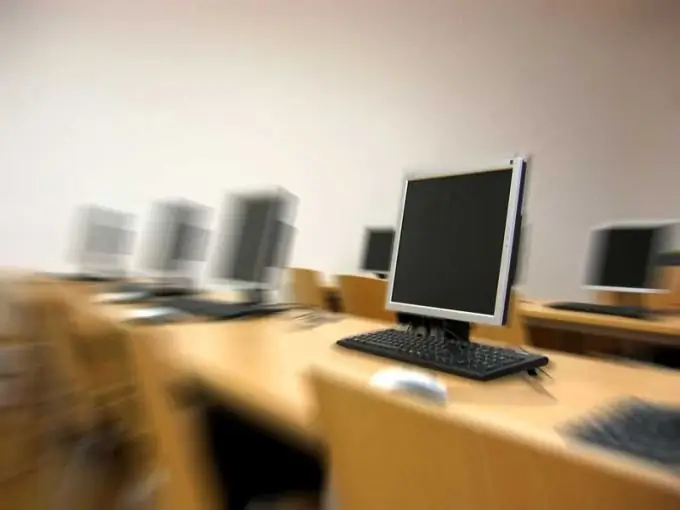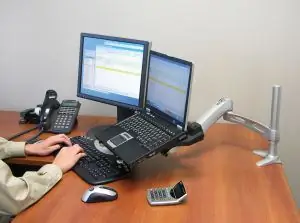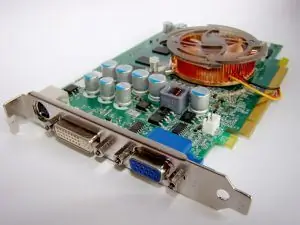It would seem that it could be easier than connecting a monitor to a computer. Here is a cable for you, plug one end into the connector on the monitor, the other into the computer and the job is done, But in fact, everything is not so simple.

Instructions
Step 1
Previously, the monitor was connected to a computer only through the analog VGA interface. But a few years ago, new types of connectors appeared. DVI, HDMI, Mini-HDMI and DisplayPort were added to the existing VGA. New connectors make it possible to improve the quality of the transmitted picture, it remains only to understand all this diversity, then connecting the monitor to a computer will not be a big deal.

Step 2
The worst picture is given by connecting the monitor to the computer via the VGA interface. The deterioration in quality becomes noticeably noticeable already at a screen resolution of 1024x768 pixels, and this resolution is possessed by most monitors with a diagonal of 17 inches, therefore, for them, and even for large monitors, connection via more modern ports will be preferable.

Step 3
Carefully examine the monitor and computer available to you for the presence of interfaces designed to connect the cable through which data will be transmitted. Both the computer and the monitor must be turned off. HDMI and DVI cords are just enough to plug into the existing connectors, the VGA-cable is equipped with two screws at both ends, allowing you to more securely fix the cord to prevent it from falling out during operation. After making sure the cable fits well in the connectors, turn on the computer and monitor at the same time. If the monitor does not respond in any way to the signal from the computer, this may mean either a cable malfunction, or the fact that you did not plug the cable into the connectors well. Therefore, check the connections again.

Step 4
After the computer starts up, you can set up your monitor. If a CD with drivers was included with the monitor, it is better to install them. Most monitors function perfectly well using the drivers already included in the operating system, but it is better to prefer the native drivers, which will significantly expand the capabilities of the monitor, for example, allow you to make better settings for a widescreen display. After installing the necessary drivers, you can start working with the computer, you have successfully connected the monitor to the computer.






